University of Cambridge members now have access to ProQuest’s Art & Architecture Archive until 17th September 2020.
Please send your feedback about any of this eresource using the online form.
 Art & Architecture Archive is a major research resource comprising the digitized backfiles of many of the foremost art and architecture magazines of the twentieth century. Offering unprecedented access to the archives of key consumer and trade publications, it is a unique collection of the essential primary sources for studying the history of these subjects. The magazines cover the spectrum of sub-disciplines, from fine and applied arts, through to interior design, industrial design, and landscape gardening. Issues are scanned from cover to cover in high resolution color and presented in page image format with fully searchable text.
Art & Architecture Archive is a major research resource comprising the digitized backfiles of many of the foremost art and architecture magazines of the twentieth century. Offering unprecedented access to the archives of key consumer and trade publications, it is a unique collection of the essential primary sources for studying the history of these subjects. The magazines cover the spectrum of sub-disciplines, from fine and applied arts, through to interior design, industrial design, and landscape gardening. Issues are scanned from cover to cover in high resolution color and presented in page image format with fully searchable text.
Trade magazines, widely recognized as indispensable sources for art and architecture, are also strongly represented. Research materials and technical guidance are available to those working in areas including graphic design, construction, and product design, in publications such as Print, Architectural Review, and Graphis, respectively.
In combination, the consumer magazines and the trade publications comprise an invaluable reference source, as a historical record of the art and architecture industries. Through reviews, advertisements, exhibition listings, and awards, users may trace the careers of major artists and architects, as well as the history of the commercialization and marketing of art.
 Art & Architecture Archive also serves wider research in the humanities and social sciences, with sociologists and historians, for example, able to locate primary sources attesting to the relationship between art movements and social trends.
Art & Architecture Archive also serves wider research in the humanities and social sciences, with sociologists and historians, for example, able to locate primary sources attesting to the relationship between art movements and social trends.
The ability to cross-search these magazine backfiles within a single database creates an unrivalled opportunity for researchers to locate a comprehensive body of primary source material relating to particular individuals, topics and movements, across a variety of publications and document types. A single search may return industry news items, interviews with major artists, and features about technological developments, as well as photographs / illustrations, architectural plans, statistics, and reviews.
Also available to access via the Databases A-Z.
Photo by Jeffrey Czum from Pexels
Photo by Jeffrey Czum from Pexels
Text taken from the ProQuest platform

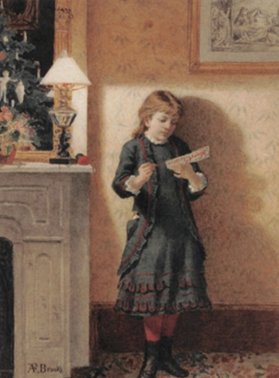
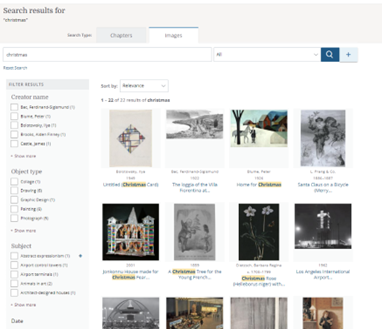
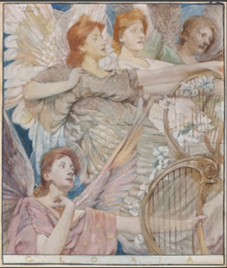






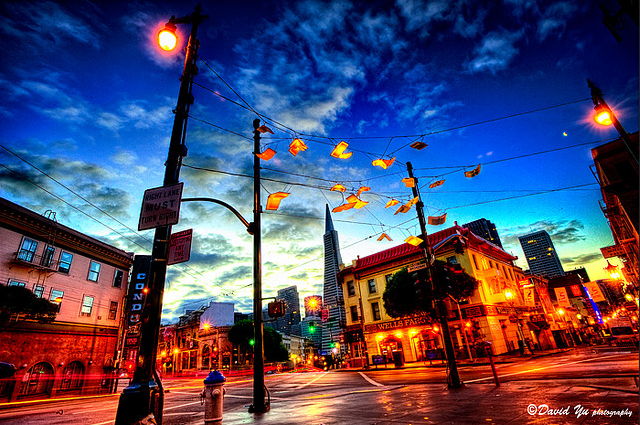

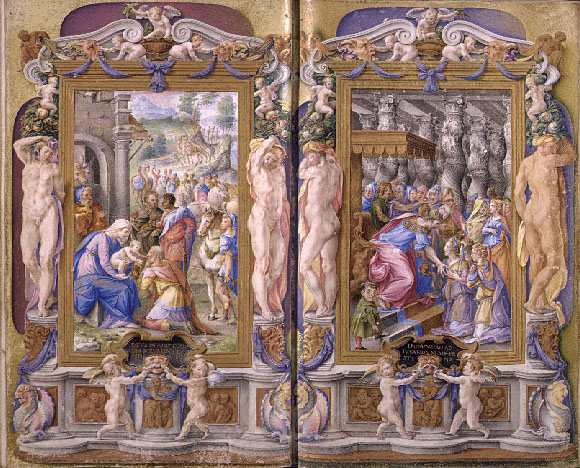

 The images are also grouped by collection. For instance, you can view illustrations and photographs of toys, children’s stories, clothes, and more in the
The images are also grouped by collection. For instance, you can view illustrations and photographs of toys, children’s stories, clothes, and more in the